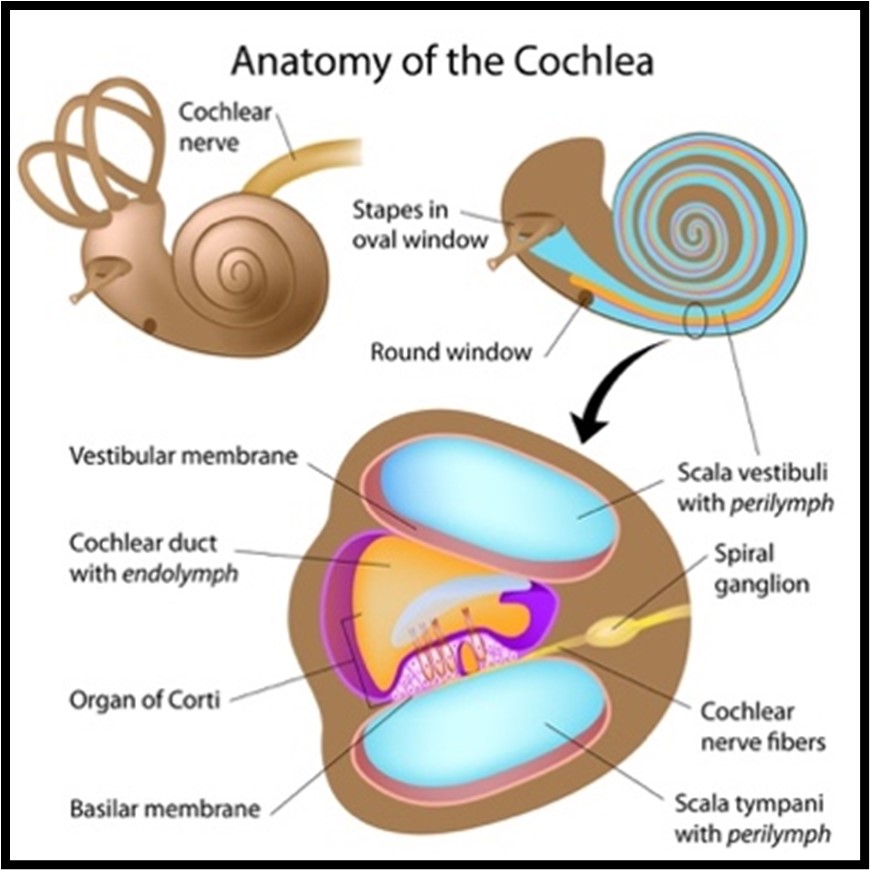
Sensorineural hearing loss results from missing or damaged hair cells in the cochlea and is usually permanent. Sensorineural hearing loss can be mild, moderate, severe, or profound and not only affects one’s ability to hear sounds it also reduces the quality of the sound, which often makes speech difficult to understand.
Sensorineural hearing loss can be caused by:
- Trauma to the head
- Tumors
- Exposure to loud noises
- Genetic conditions
- Age
- Meniere’s disease
People with a sensorineural hearing loss may wear a hearing aid or use an assistive listening device for communication, environmental sounds (traffic, alarms) or both.